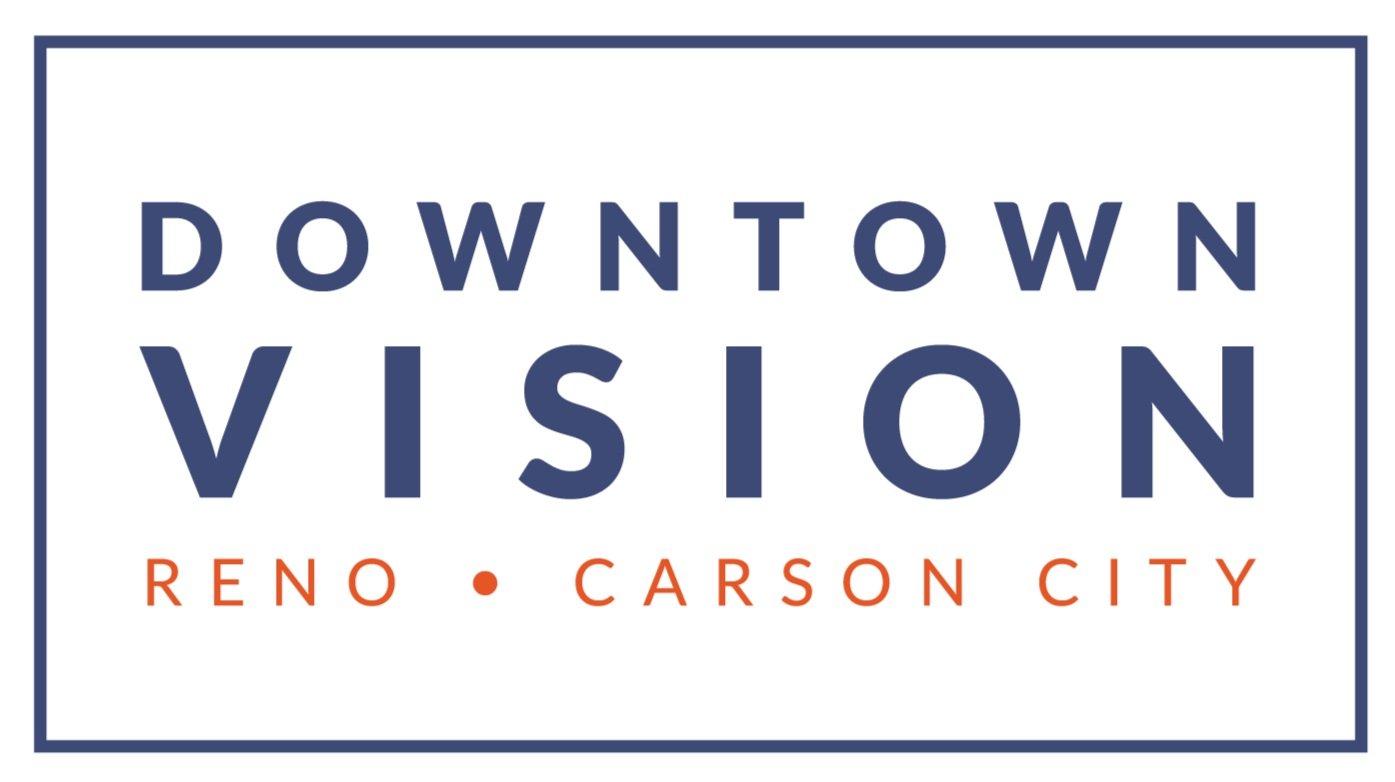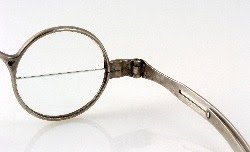The Roaring Twenties and Eyewear: your guide to glasses in the early 20th Century
Image from: Hello Magazine
Today, we take eyewear a little bit for granted. Endless styles, futuristic technology, and availability to everyone. Glasses are a common commodity, and the world can see better because of it. But for the next few minutes, let us transport you to the 1910s and 1920s, where optometry innovations made glasses mainstream and fashionable. With Downton Abbey releasing this Friday, we thought it was only appropriate to turn the dials on our time machine and learn about optometry of the era, the technology behind eyeglasses at the time, and then style of the age.
While eyeglasses were first mass-produced in the industrial age, the early 1900s brought style to eyewear, making them appear fashionable for the first time ever. Hollywood was a big influence on eyewear. Actors and celebrities took the negative stigma away from glasses, turning them from being a medical corrective device to something more practical and fashionable. For example, famed comedian and actor of the silent film era, Harold Lloyd is often credited for popularizing the “nerd-look” with his iconic, thick-rimmed round frames. F. Scott and Zelda Fitzgerald were both iconic figures in the 1920s and wore early versions of sunglasses as fashion accessories. In 1929, sunglasses would become more mainstream and effective after the creation of a filter that could polarize sunlight.
Harold Lloyd with his iconic horn-rimmed round glasses, image from: LA Times
Round frames took the main stage of the early 1900s. Aside from the horn-rimmed and thick frames that Harold Lloyd popularized, another, more ancient style made a huge comeback. Pince-nez frames, which were balanced on the bridge of the nose without arms, were originally used by monks and academics in the 13th and 14th Centuries. They were originally composed of two “reading stones” — globs of glass similar to magnifying lenses — with a scissor-like hinge bridging them together. Hundreds of years later, they came back into the limelight with a more modern style. Usually made with metal frames, pince-nez frames of the 1900s were popular with the older, “elite” crowd, and were even worn by the likes of Calvin Coolridge and Theodore Roosevelt.
Although glasses had already been mass-produced for a while at this time in history, WWI saw innovation in eyewear for Allied troops. American Optical, an eyeglass company of the era, built mobile optical stations that were deployed overseas. These stations contained everything that was necessary to supply troops with proper eye care: refractive machines and examination equipment, frames, and lenses. It’s estimated that 2.5 million pairs of glasses were made for Allied troops.
Huge scientific leaps were made in the early decades of the 20th Century, too. In 1929, sunglasses, as we know them, were first introduced. While before, sunglasses were simply dark tinted glass, a light-polarizing filter made from celluloid was discovered and implemented in eyewear to provide bright light and glare protection in the sun. Polarized lenses were also darker than their tinted-glass ancestors, and were made more fashionable by celebrities as we said above!
Another big leap in eyewear innovation: fused bifocals! While bifocals were first invented in the late 1700s, they were first made by putting two different lenses next to each other. The top half of bifocals would be made from a lens that would allow sight for faraway objects. The lower half of the glasses would be comprised of a second lens that would allow sight for near objects, like small text. Fused bifocals did away with the multiple lenses — now bifocals were fused together, having a more simple and consistent look; a look that is still used in bifocals today.
Split lens bifocals, image from: College Optometrists
The early decades also included some huge steps in eye science, giving us a lot of the modern tools still used today in optometry. Some examples include the first successful corneal transplant on a human, in 1905 by Eduard Sirm; the introduction of the tonometer in the same year by Hjalmar Schiotz; the establishment of the American Board of Ophthalmology in 1916; and the introduction of the Amsler grid for the detection of macular degeneration by Marc Amsler in 1928.
And a bonus: a now-obsolete-but-revolutionary-at-the-time surgical tool used for cataract surgery. While evidence shows cataracts removal as one of the earliest surgeries known to humankind, pre-1900s methods of cataract-removal were often dangerous and caused more harm than good, such as couching, where a cataract wouldn’t be removed, but pushed out of the way. My personal favorite method was an ancient technique that required a large incision in the eye and an assistant that would manually suck the cataract out of the eye, like a very small and very disgusting milkshake. However, thanks to the “father of refractive surgery” Ignacio Barraquer, modern steps in cataract removal were made with his introduction of the erisophake in 1917. The erisophake was able to hold suction on the lens while the cataract was removed.
An erisophake used for cataracts surgeries, image from: American Academy of Ophthalmology
Looking back, the beginning of the 20th Century was a time of ocular advancement — for the first time in history, glasses were fashionable! They were no longer seen purely as a medical aid. Their appearance in Hollywood and world-recognizable icons made them wanted by everyone! And scientific advancements made in the era set the foundations of many of the instruments and equipment we have today! And of course, now you have all you need to know to outfit yourself for that Downton Abbey premiere party we all know you’ll be going to. Come swing on by our office and we can even help you find those perfect 20s-influenced frames.





